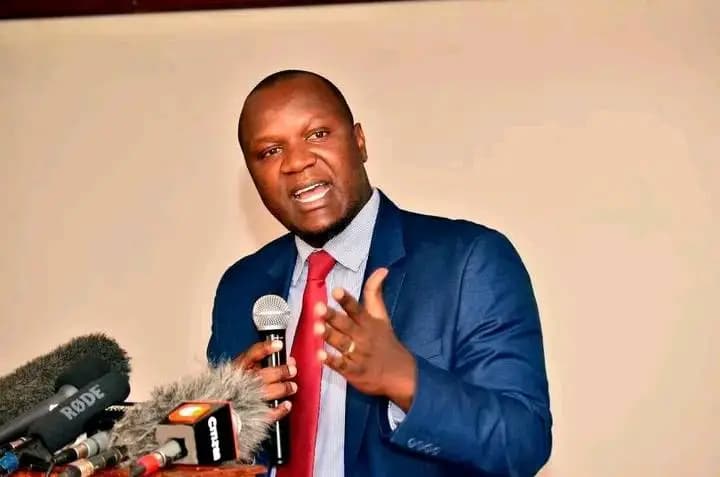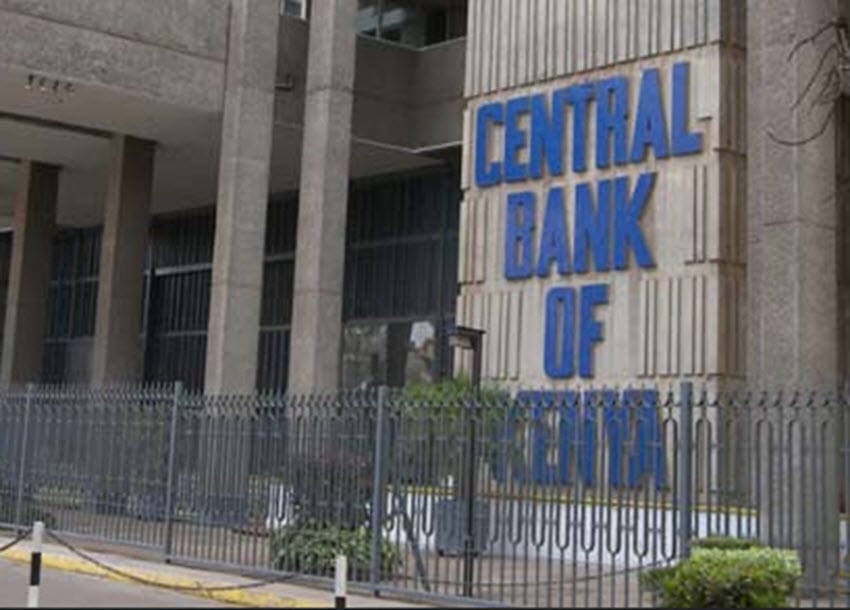CBK forex pool now hits Ksh1.2 trillion
By John Otini, July 26, 2023The Central Bank has announced that foreign exchange (Forex) reserves increased for the second time this year to hit $7.885 (Ksh1.2 trillion) billion last week.
In what is seen as a positive development for Kenya’s economy, the surge in reserves up from $7.481 billion (Sh1.064 trillion) a week earlier provides a crucial buffer for the exchange rate, and support for Kenya’s import requirements.
“The usable foreign exchange reserves remained adequate at $7,885 million (4.31 months of import cover) as at July 20. This meets the CBK’s statutory requirement to endeavour to maintain at least 4 months of import cover,” CBK said in the latest weekly bulletin.
Foreign exchange reserves play a vital role in ensuring a stable and resilient economy. These reserves act as a safety net, allowing the central bank to intervene in the foreign exchange market and mitigate any volatility or fluctuations in the exchange rate.
By building up robust forex reserves, Kenya can better insulate its currency from external shocks and maintain a favourable exchange rate environment.
However, the International Monetary Fund (IMF), wagers that Kenya’s official foreign exchange reserves will continue to be under pressure despite recent inflows including the lenders recent inflows of Sh58.8 billion in debt. It also says reserves may only rise slightly to an equivalent of 3.5, 3.7 and 3.8 months of import cover in 2024, 2025 and 2026 respectively.
As a net importer of goods and services, Kenya relies heavily on external trade to meet various requirements, the increase in forex reserves also provides Kenya with added confidence in managing its import needs.
A healthy level of forex reserves ensures that Kenya can comfortably finance its imports, safeguarding against any potential supply-side disruptions and maintaining smooth trade flows.
Several factors might have contributed to the recent increase in forex reserves, and includes steady inflows from exports, remittances, and foreign direct investments are among the key drivers that could have added to the central bank’s reserves.
More Articles

